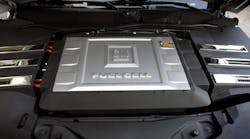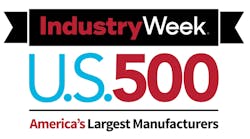The dream of a hydrogen economy is no nearer, with hydrogen fuel cells turning a modest $3 billion market of about 5.9 GW in 2030, says Lux Research.
Although the cost of hydrogen impacts fuel cell market adoption, hydrogen fuel accounts for only 35% of the total cost of ownership (TCO) for stationary applications and 21% of the TCO for mobile applications, with fuel cell capital costs and membrane replacement costs making up most of the difference.
“The hydrogen supply chain is not the most critical bottleneck for fuel cell adoption,” said Brian Warshay, research associate and the author of the report titled, “The Great Compression the Future of Hydrogen Economy.”
“High capital costs and the low costs of incumbents provide a nearly insurmountable barrier to adoption, except in niche applications,” he added.
In order to determine the economic viability and potential of an expansive hydrogen economy in the energy sectors, Lux Research conducted a detailed analysis of the costs of hydrogen generation, distribution, storage, and consumption in an effort to find the greatest constraints and opportunities. Among their findings:
- Hydrogen generation accounts for less than 33% of the cost at the pump. The costs of hydrogen compression, storage, and distribution make up the majority of the cost of hydrogen, offering the greatest opportunities for improvement and innovation.
- PEM cells will have a $1 billion stationary market. Proton exchange membrane (PEM) fuel cells for telecom power and backup will reach $1 billion in 2030, while fuel cells of all types for residential, commercial and utility generation will not prove cost-effective.
- Mobile applications will be worth $2 billion. PEM fuel cells will reach $2 billion on the backs of forklifts and light-duty vehicles, while buses will remain miniscule. A robust hydrogen vehicle fueling infrastructure is necessary but ultimately insufficient to overhaul the passenger vehicle market.
- Hydrogen demand from fuel cells will total 140 million kg in 2030, a meager 0.56% of global merchant hydrogen demand across all industries.




